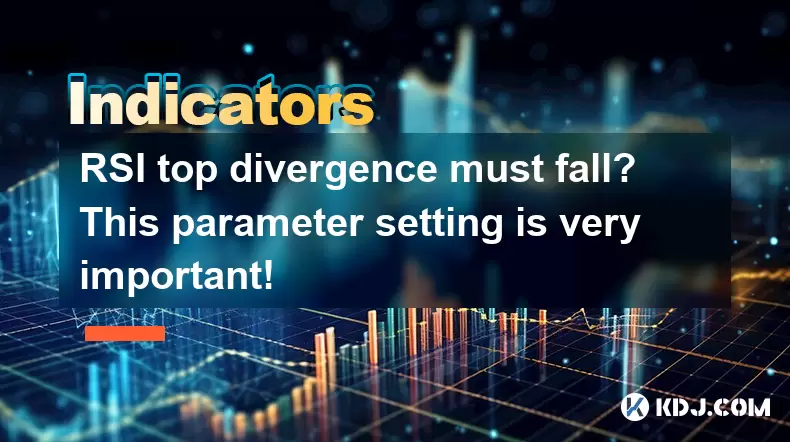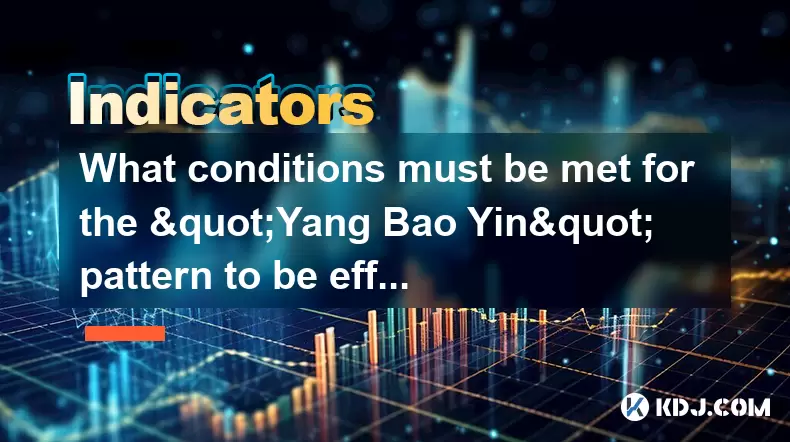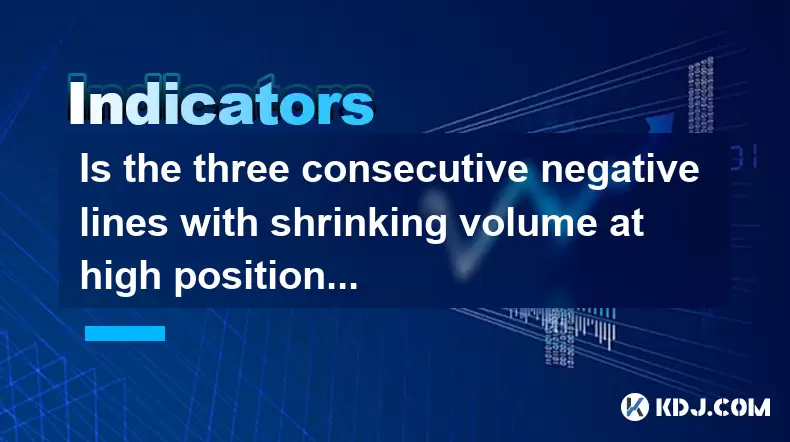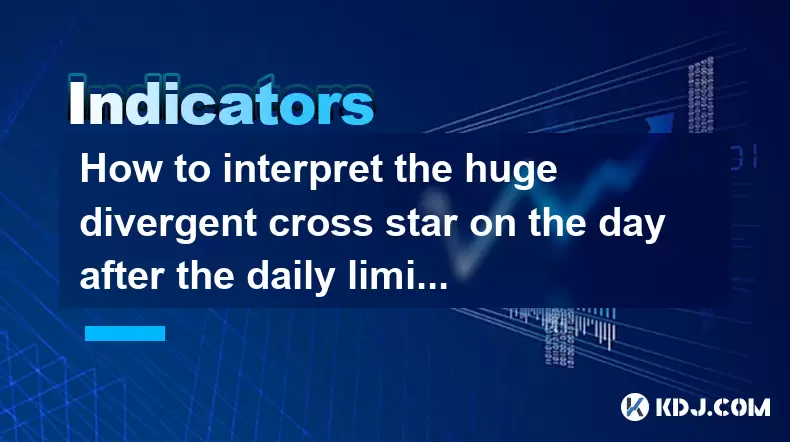-
 Bitcoin
Bitcoin $104,993.4283
0.28% -
 Ethereum
Ethereum $2,528.3455
0.38% -
 Tether USDt
Tether USDt $1.0004
0.00% -
 XRP
XRP $2.1654
1.67% -
 BNB
BNB $650.0321
-0.46% -
 Solana
Solana $145.4708
0.92% -
 USDC
USDC $0.9999
0.01% -
 Dogecoin
Dogecoin $0.1766
1.54% -
 TRON
TRON $0.2690
-1.64% -
 Cardano
Cardano $0.6330
-0.13% -
 Hyperliquid
Hyperliquid $41.8103
4.09% -
 Sui
Sui $3.0125
0.07% -
 Chainlink
Chainlink $13.1242
-0.46% -
 Bitcoin Cash
Bitcoin Cash $432.2905
4.24% -
 UNUS SED LEO
UNUS SED LEO $9.0665
0.06% -
 Stellar
Stellar $0.2589
0.46% -
 Avalanche
Avalanche $19.0668
-0.17% -
 Toncoin
Toncoin $2.9965
1.32% -
 Shiba Inu
Shiba Inu $0.0...01213
3.99% -
 Hedera
Hedera $0.1589
3.70% -
 Litecoin
Litecoin $86.0587
3.16% -
 Polkadot
Polkadot $3.7846
-0.62% -
 Ethena USDe
Ethena USDe $1.0005
0.01% -
 Monero
Monero $312.9788
-0.41% -
 Dai
Dai $0.9999
0.02% -
 Bitget Token
Bitget Token $4.5283
-0.01% -
 Pepe
Pepe $0.0...01111
4.28% -
 Uniswap
Uniswap $7.2893
-0.18% -
 Pi
Pi $0.5825
5.40% -
 Aave
Aave $274.2888
-4.00%
RSI top divergence must fall? This parameter setting is very important!
RSI top divergence occurs when price hits a new high but RSI forms a lower high, signaling weakening momentum and a potential reversal.
Jun 11, 2025 at 09:01 pm

What Is RSI Top Divergence?
Relative Strength Index (RSI) is a momentum oscillator commonly used in technical analysis to measure the speed and change of price movements. RSI top divergence occurs when the price makes a new high, but the RSI fails to confirm this move by making a lower high. This discrepancy often signals that upward momentum is weakening, potentially indicating an impending reversal or pullback.
In trading circles, especially within cryptocurrency markets where volatility is high, understanding RSI top divergence becomes crucial. However, it's important to note that top divergence does not always result in a price drop, despite popular belief. The effectiveness of this signal depends heavily on the parameters used and how traders interpret the context surrounding the divergence.
Why Parameter Settings Matter
The default RSI setting is typically 14 periods, which works well for many traders in traditional markets. However, in fast-moving crypto markets, adjusting the RSI period can significantly impact the reliability of divergence signals. Shorter time frames like 7 or even 5 can make RSI more sensitive to price changes, increasing its responsiveness to short-term reversals.
- Traders who use lower RSI values (e.g., 7 instead of 14) may capture early signs of divergence.
- Conversely, higher values like 21 or 30 can smooth out noise and reduce false signals, though they may lag behind actual price moves.
It’s essential to backtest different settings across various cryptocurrencies to determine which configurations yield the most consistent results. For instance, Bitcoin might respond better to a 14-period RSI, while altcoins with faster price swings may benefit from a 7-period setup.
How to Identify RSI Top Divergence Accurately
Recognizing a true RSI top divergence requires careful observation of both price action and RSI behavior. Here are key steps to follow:
- Look for higher highs in price, but check if RSI mirrors that movement.
- If RSI forms a lower high while price reaches a new high, you have a classic top divergence.
- Confirm divergence by drawing trendlines connecting the RSI peaks and comparing them to corresponding price peaks.
- Ensure there is a clear bearish candlestick pattern or volume spike near the divergence point to strengthen the signal.
- Avoid acting on divergence alone; combine it with other indicators like moving averages or support/resistance levels for confirmation.
Many novice traders misinterpret normal RSI fluctuations as divergences. Therefore, using zoomed-in charts and multiple time frame analysis (MTF) can help filter out false positives.
Common Mistakes When Trading RSI Divergence
Despite its popularity, RSI divergence is often misunderstood or applied incorrectly, especially in volatile crypto environments. Some common errors include:
- Acting on every divergence without considering broader market conditions.
- Ignoring the strength of the prevailing trend — divergence in strong trends can be misleading.
- Failing to adjust RSI parameters according to asset volatility or timeframe.
- Not waiting for additional confirmation before entering a trade.
- Overlooking the importance of volume and order flow when analyzing divergence setups.
One critical mistake is assuming that a divergence automatically means a reversal is imminent. In reality, prices can continue trending for extended periods despite repeated divergences. That’s why combining RSI with other tools like Fibonacci retracements or Ichimoku clouds can improve accuracy.
Customizing RSI for Different Cryptocurrencies
Not all cryptocurrencies behave the same way. Bitcoin tends to exhibit smoother price action compared to highly speculative altcoins, which can swing wildly within minutes. As such, RSI parameter customization becomes necessary.
For example:
- On Bitcoin, a standard 14-period RSI may work best due to its relatively stable nature.
- For Ethereum or Solana, using a 9 or 11-period RSI can provide quicker feedback on potential tops.
- Highly volatile tokens like MEME coins or newly launched projects may require even shorter RSI periods (e.g., 5 or 7) to catch rapid shifts in momentum.
Moreover, experimenting with RSI smoothing techniques like Wilder’s smoothing or simple moving averages can further refine entry and exit points. It’s also beneficial to observe how RSI behaves during known events such as halvings, exchange listings, or macroeconomic announcements.
Frequently Asked Questions
Q: Can RSI top divergence occur in downtrends?
A: Yes, although less common, RSI top divergence can appear during upticks within a downtrend. These are usually weaker signals and should be approached with caution.
Q: Should I always adjust RSI parameters for each cryptocurrency?
A: While it's not mandatory, testing different RSI settings across assets can lead to better performance. What works for Bitcoin may not suit smaller-cap altcoins.
Q: How reliable is RSI divergence in crypto compared to forex or stocks?
A: Due to higher volatility and thinner order books, RSI divergence in crypto can be less reliable unless combined with volume and price action analysis.
Q: Can RSI divergence be used on intraday charts?
A: Absolutely. Intraday traders often rely on RSI divergence for quick scalp trades, especially when using aggressive RSI settings like 5 or 7.
Disclaimer:info@kdj.com
The information provided is not trading advice. kdj.com does not assume any responsibility for any investments made based on the information provided in this article. Cryptocurrencies are highly volatile and it is highly recommended that you invest with caution after thorough research!
If you believe that the content used on this website infringes your copyright, please contact us immediately (info@kdj.com) and we will delete it promptly.
- Toncoin (TON) Trading Pattern Shows Signs of an Approaching Breakout
- 2025-06-14 18:47:10
- title: XRP Price Records a Notable Recovery
- 2025-06-14 18:40:12
- Chainlink (LINK) Co-founder: Global Banks Poised to Embrace Chainlink
- 2025-06-14 18:35:12
- Dogecoin (DOGE) Holders Reach Nearly 8 Million, Surpassing XRP and USDC
- 2025-06-14 18:35:12
- Are meme coins finally making room for AI-driven contenders?
- 2025-06-14 18:30:12
- Can Pi Network Bounce Back as Price Slips Below $0.65?
- 2025-06-14 18:30:12
Related knowledge

How to calculate the probability of trend continuation after the MACD column divergence?
Jun 14,2025 at 08:01am
Understanding MACD Column DivergenceThe Moving Average Convergence Divergence (MACD) is a widely used technical indicator in cryptocurrency trading. The MACD column, also known as the histogram, represents the difference between the MACD line and the signal line. When price makes a new high or low but the MACD histogram does not confirm this movement, a...

What are the volume requirements for adjusting the K line in the "rising three methods" pattern?
Jun 14,2025 at 07:50am
Understanding the 'Rising Three Methods' Pattern in Cryptocurrency TradingThe 'rising three methods' pattern is a bullish continuation candlestick formation that traders often use to identify potential upward momentum in cryptocurrency price charts. This pattern typically appears during an uptrend and suggests that the trend is likely to continue after ...

What conditions must be met for the "Yang Bao Yin" pattern to be effective?
Jun 14,2025 at 06:42am
Understanding the 'Yang Bao Yin' Pattern in Cryptocurrency TradingThe Yang Bao Yin pattern is a candlestick formation commonly observed in technical analysis within the cryptocurrency market. This pattern typically signals a potential bullish reversal after a downtrend. However, for this pattern to be effective and reliable, certain conditions must be m...

Is the three consecutive negative lines with shrinking volume at high positions a signal that the main force has finished shipping?
Jun 14,2025 at 09:56am
Understanding the Concept of Three Consecutive Negative LinesIn cryptocurrency trading, three consecutive negative lines refer to a situation where an asset's price chart shows three successive candlesticks with closing prices lower than their opening prices. This pattern typically indicates bearish sentiment in the market. When this occurs at high posi...

Is it an opportunity for the long positive line with large volume to break through the platform and then shrink back?
Jun 14,2025 at 04:42am
Understanding the Long Positive Line with Large VolumeIn technical analysis, a long positive line refers to a candlestick pattern where the closing price is significantly higher than the opening price, often indicating strong buying pressure. When this occurs alongside large volume, it suggests that market participants are actively involved in pushing t...

How to interpret the huge divergent cross star on the day after the daily limit?
Jun 14,2025 at 02:35pm
Understanding the Divergent Cross Star PatternIn the realm of technical analysis within cryptocurrency trading, candlestick patterns are essential tools for predicting price movements. One such pattern is the divergent cross star, which appears as a doji or near-doji candle following a significant price move. When this pattern occurs the day after a dai...

How to calculate the probability of trend continuation after the MACD column divergence?
Jun 14,2025 at 08:01am
Understanding MACD Column DivergenceThe Moving Average Convergence Divergence (MACD) is a widely used technical indicator in cryptocurrency trading. The MACD column, also known as the histogram, represents the difference between the MACD line and the signal line. When price makes a new high or low but the MACD histogram does not confirm this movement, a...

What are the volume requirements for adjusting the K line in the "rising three methods" pattern?
Jun 14,2025 at 07:50am
Understanding the 'Rising Three Methods' Pattern in Cryptocurrency TradingThe 'rising three methods' pattern is a bullish continuation candlestick formation that traders often use to identify potential upward momentum in cryptocurrency price charts. This pattern typically appears during an uptrend and suggests that the trend is likely to continue after ...

What conditions must be met for the "Yang Bao Yin" pattern to be effective?
Jun 14,2025 at 06:42am
Understanding the 'Yang Bao Yin' Pattern in Cryptocurrency TradingThe Yang Bao Yin pattern is a candlestick formation commonly observed in technical analysis within the cryptocurrency market. This pattern typically signals a potential bullish reversal after a downtrend. However, for this pattern to be effective and reliable, certain conditions must be m...

Is the three consecutive negative lines with shrinking volume at high positions a signal that the main force has finished shipping?
Jun 14,2025 at 09:56am
Understanding the Concept of Three Consecutive Negative LinesIn cryptocurrency trading, three consecutive negative lines refer to a situation where an asset's price chart shows three successive candlesticks with closing prices lower than their opening prices. This pattern typically indicates bearish sentiment in the market. When this occurs at high posi...

Is it an opportunity for the long positive line with large volume to break through the platform and then shrink back?
Jun 14,2025 at 04:42am
Understanding the Long Positive Line with Large VolumeIn technical analysis, a long positive line refers to a candlestick pattern where the closing price is significantly higher than the opening price, often indicating strong buying pressure. When this occurs alongside large volume, it suggests that market participants are actively involved in pushing t...

How to interpret the huge divergent cross star on the day after the daily limit?
Jun 14,2025 at 02:35pm
Understanding the Divergent Cross Star PatternIn the realm of technical analysis within cryptocurrency trading, candlestick patterns are essential tools for predicting price movements. One such pattern is the divergent cross star, which appears as a doji or near-doji candle following a significant price move. When this pattern occurs the day after a dai...
See all articles

























































































